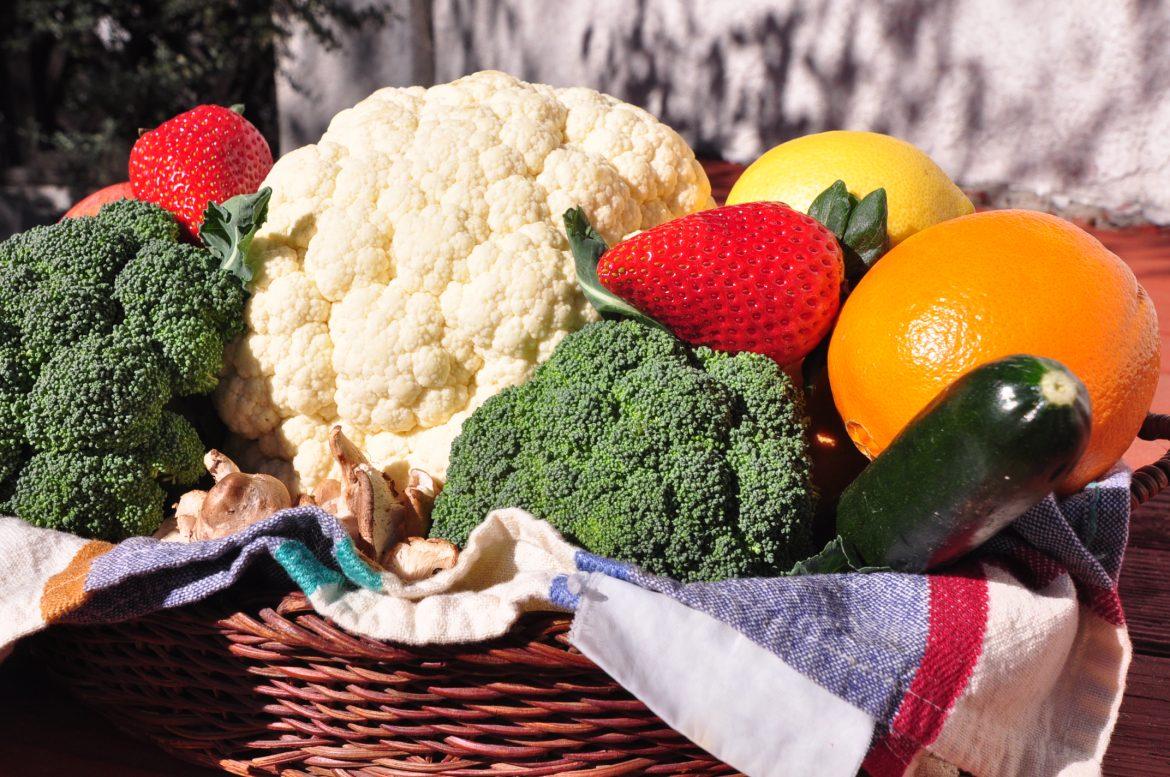Breakfast is awesome, so long as you’re not the one cooking. Ask any cook who has worked a breakfast or brunch service, and they’ll tell you it’s akin to the seventh circle of hell. The last thing many of us want to do on a Sunday morning is break out the pots and pans, let alone cook for somebody else. Unfortunately, you can’t have bacon without the eggs, and eggs Benedict (no, not Benedict Cumberbatch, silly) is a breakfast/brunch menu staple. Here’s a few tips and recipes for a variety of egg cookery.
*Note: It is much easier working with room-temperature eggs. Egg whites tend to tighten when they get chilly, so before you start cooking, remove your eggs from the refrigerator so they can “relax.”
Over-easy/over-medium/over-hard
The basic egg option of the bunch is actually the biggest pain in the ass. The yolk breaks 50 percent of the time, and all you’re left with is an eggy version of van Gogh’s “Starry Night.” Delicacy is key when cooking this style of egg.
Ingredients:
2 eggs
1 tablespoon cooking oil
½ tablespoon unsalted butter
¼ teaspoon salt
1 dash ground black pepper
Instructions:
1. Heat butter with oil in a small saute pan over medium-high heat.
2. Gently crack eggs directly into the pan and carefully “disturb” the egg white with a fork, being careful not to penetrate the yolk. By breaking up the egg whites, it allows the egg to cook evenly, especially when cooking them over-easy. Cook for 1 minute, or until egg white is evenly cooked.
3. To cook over-easy, gently flip the egg with a spatula and immediately turn off the heat. Cook for an additional minute in the residual heat or until the bottom is firm enough to remove from pan.
4. To cook over-medium, repeat the same process as steps 1-2, but after flipping the egg, keep cooking the egg over medium heat for an additional 2 minutes. The goal here is to create a firmer bottom, while slowly cooking the yolk to a firmer consistency.
5. To cook over-hard, repeat steps 1-2, cooking until the yolk is firm, approximately 3 minutes.
Poached
This technique can be done in a shallow pan with less water, but for the novice egg cooker it is best done in a deeper pan, which will allow you to fish out the egg with minimal risk of breaking. Again, pretend like you’re playing an intense game of “Operation” when retrieving the egg.
Ingredients:
2 eggs
24 fluid ounces water
¼ cup distilled white vinegar
Instructions:
1. In a small saucepan, bring water and vinegar to a simmer, approximately 170-180 degrees Fahrenheit. Do not allow liquid to boil at any point during the cooking process.
2. Swirl the water with a spoon and gently drop the eggs one at a time into the liquid. Swirling the water will promote the egg whites to bind together, encompassing and protecting the yolk.
3. Cook for 1-1 ½ minutes, or until the whites become opaque, and can be removed from the water safely. The goal here is to cook the whites and enrobe the yolk, while keeping the yolk from cooking through.
4. Remove the eggs from the liquid with a large spoon (a slotted spoon is preferable), being careful not to transfer too much water [onto the dish].
Scrambled
Here’s an egg dish that is easier said than done, which even seasoned cooks can’t always seem to get right. Adding a little milk to your eggs helps them to retain a light, fluffy texture.
Ingredients:
2 eggs
¼ cup milk (whole, or 2% is preferable)
1 tablespoon oil
½ teaspoon salt
½ teaspoon ground black pepper
*Additional vegetables, meats, cheeses, etc.
Instructions:
1. In a small skillet, heat oil over medium-high heat.
2. In a small bowl whisk together the eggs, milk, seasonings, and additional ingredients.
3. Add the egg mixture to the hot pan. Gently break up the egg mixture throughout the cooking process, allowing the ingredients and eggs to cook evenly. Cook to a desired consistency (runny, firm, tight) and serve.
Omelette
Similar to scrambled eggs, cooking an omelette is typically much more difficult than it appears. It isn’t uncommon for cooks applying for a new job to be asked to cook an omelette, as it tests their attention time-management and attention to detail.
Ingredients:
2-3 eggs
¼ cup milk (whole or 2%)
2 tablespoons oil
½ teaspoon salt
½ teaspoon ground black pepper
*Additional vegetables, meats, cheeses, etc.
Instructions:
1. In a medium skillet, heat oil over medium-high heat.
2. In a small bowl whisk together the eggs, milk and seasonings.
3. Add the egg mixture to the hot pan. When the eggs begin to cook add your desired ingredients on top of the mixture. This will prevent the ingredients from burning while cooking on the bottom.
4. Reduce the heat to medium. Using a spatula, gently lift up the edges of the omelette and away from the pan’s surface, tilting the uncooked eggs into the open space. This process allows the uncooked eggs to cook evenly with the rest of the omelette.
5. When there is little uncooked egg left, gently tilt the pan away from you, shifting the omelette to one side of the pan. Fold the side onto the other into a taco shape, cover, and turn off the heat.
The steam will finish cooking the omelette, while preventing it from not overcooking.





